Last week, I broke down the See It Solved model that fixes how-to (Jobs To Be Done) content. This week, we're diving into part 4 of The Context Engine: How we write the best case studies in the industry.
I'm writing a 5-part series on this topic. Here's where we're at:
In today's newsletter:
I've read hundreds of case studies. 90% look like this:
Imagine your phone screen cracks (after Taras was born, I've already replaced mine twice).
Would you hire a contractor based on a case study titled "Cutting-edge glass restoration leveraging micro-adhesive polymer technology"
Of course not.
You'd want: "We replace cracked phone screens the same day."
But that's exactly what B2B case studies sound like.
Your prospects don't care about your client's "digital transformation journey" or "innovative approach to stakeholder alignment."
They want to know: What specific result did you deliver, and how fast?
What agencies showcase → Look at this beautiful interface we designed and all the complex integrations we built. What prospects actually want to know → Can you rebuild our platform without breaking our business?
What SaaS companies showcase → Here are all the features our client uses and how much they love our product. What prospects actually want to know → Can you solve our specific problem and deliver measurable results?
The disconnect is obvious when you see it. But most teams don't even think about it.
Because they treat case studies like a checklist item: ✅
And they start with the wrong question ↓
That's the question most teams ask when they realize they need case studies on their website.
Wrong question.
Your "best" project might have nothing to do with what you're promising on your homepage.
If your homepage says "We help fintech companies reduce compliance costs by 60% in 6 months," your case studies better prove exactly that.
Not:
You need proof that you reduce compliance costs by 60% in 6 months. For fintech companies.
Instead of picking your favorite project and hoping it supports your positioning, you identify the claims you're making and find the stories that prove them.
Here are some examples from our work at Zmist & Copy:
Claim → We specialize in logistics and transportation, delivering custom solutions that cut costs and boost revenue.
Case study ↓
Ecolines Doubles Ticket Bookings After Mobile App Overhaul
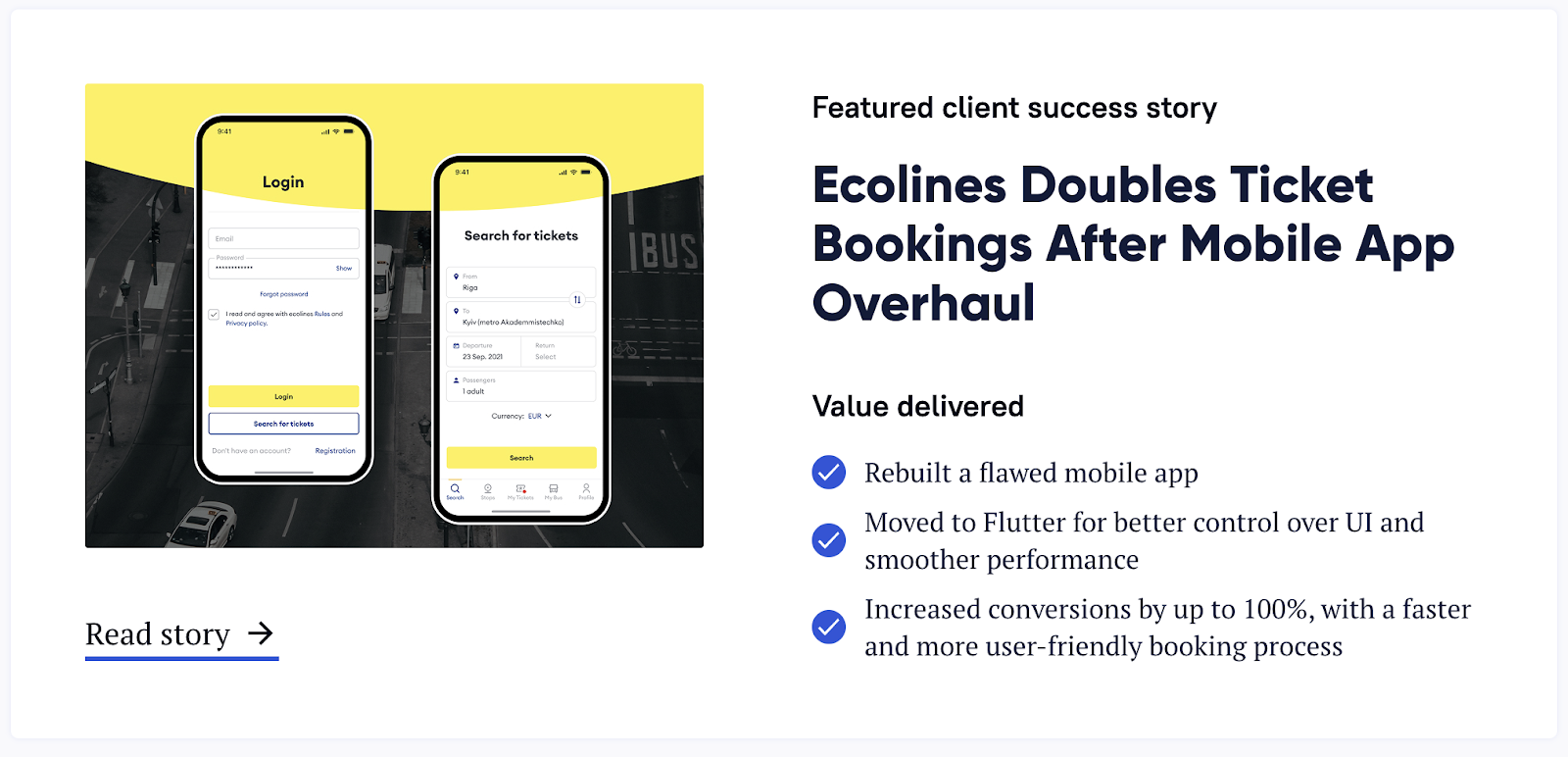
Claim → We can turn your data into a revenue-generating product.
Case study ↓
AI voice agent for CPA network: 50% higher sales quality than human agents.
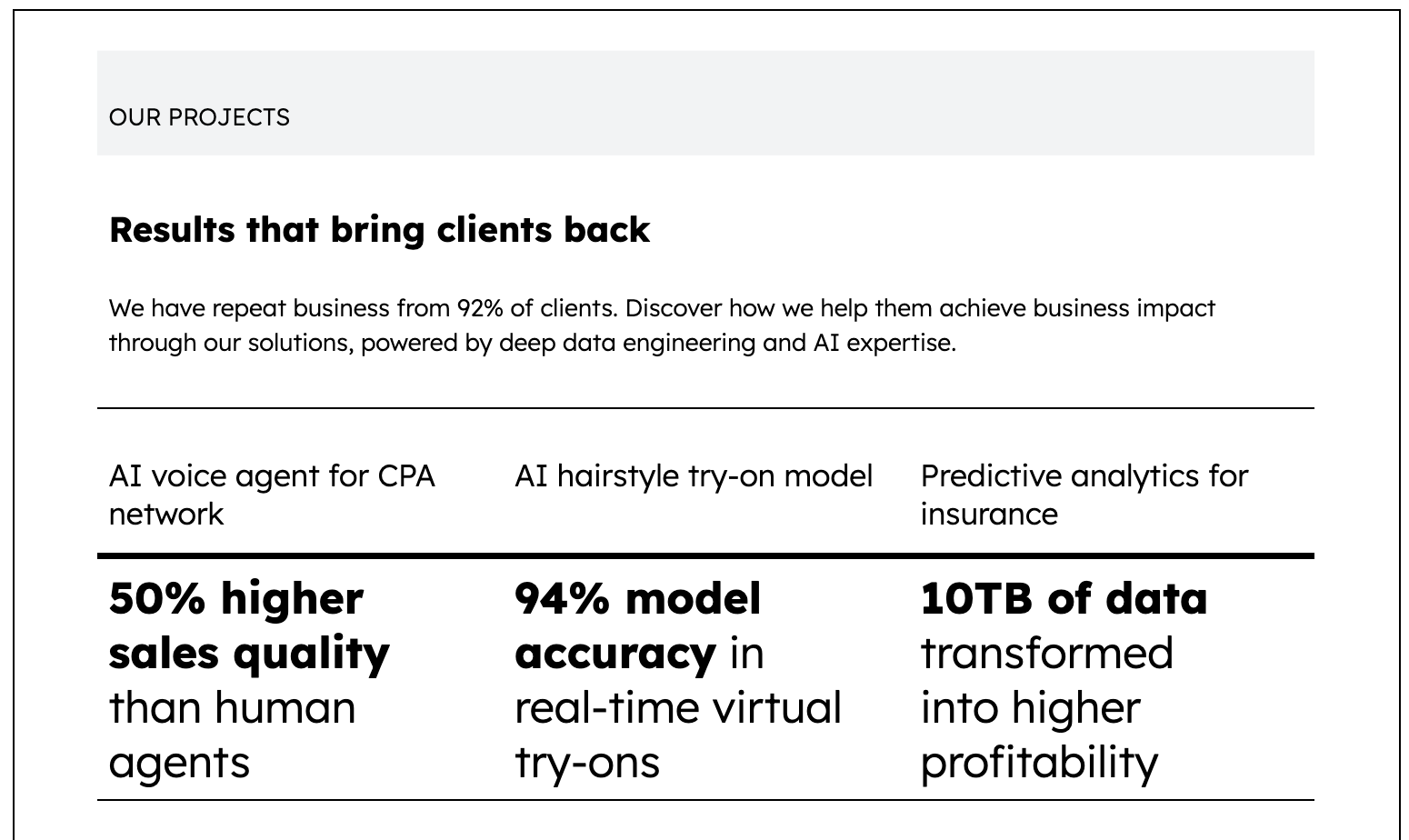
Claim → We take on the hardest projects, like porting a city-builder to Switch or bringing a destruction-heavy shooter to PS4.
Case study ↓
Fabledom: City Builder Hits Switch, PS5 & Xbox in Just 5 Months
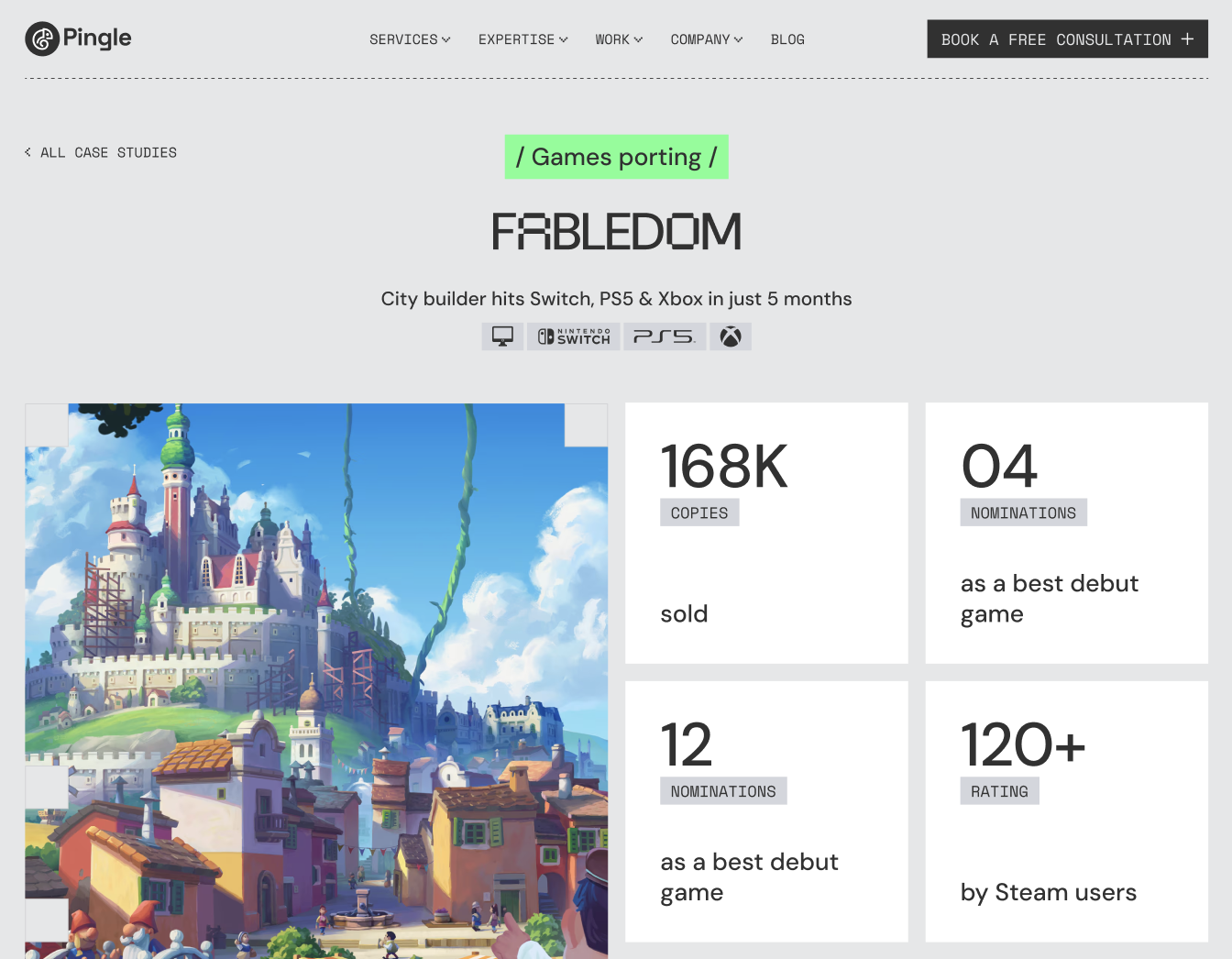
Claim → Fleet Chaser acts as your advocate, protecting against fender benders and false claims.
Case study ↓
Fabledom: Landmark Materials Avoids $100K+ Insurance Payouts for False Claims
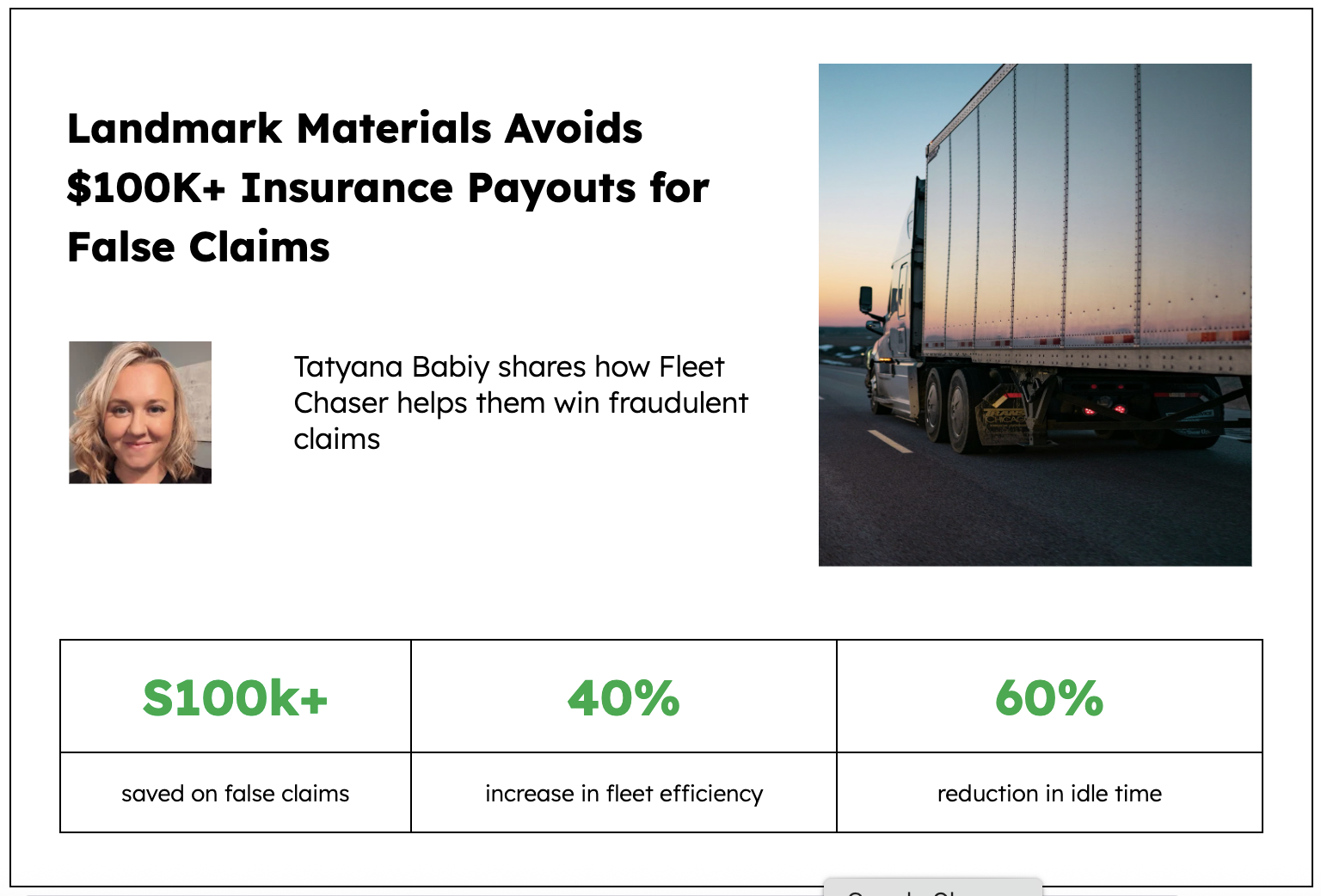
Claim → 1LIMS helps reduce sample analysis time from hours to minutes
Case study ↓
Micarna Group Doubled Sample Processing
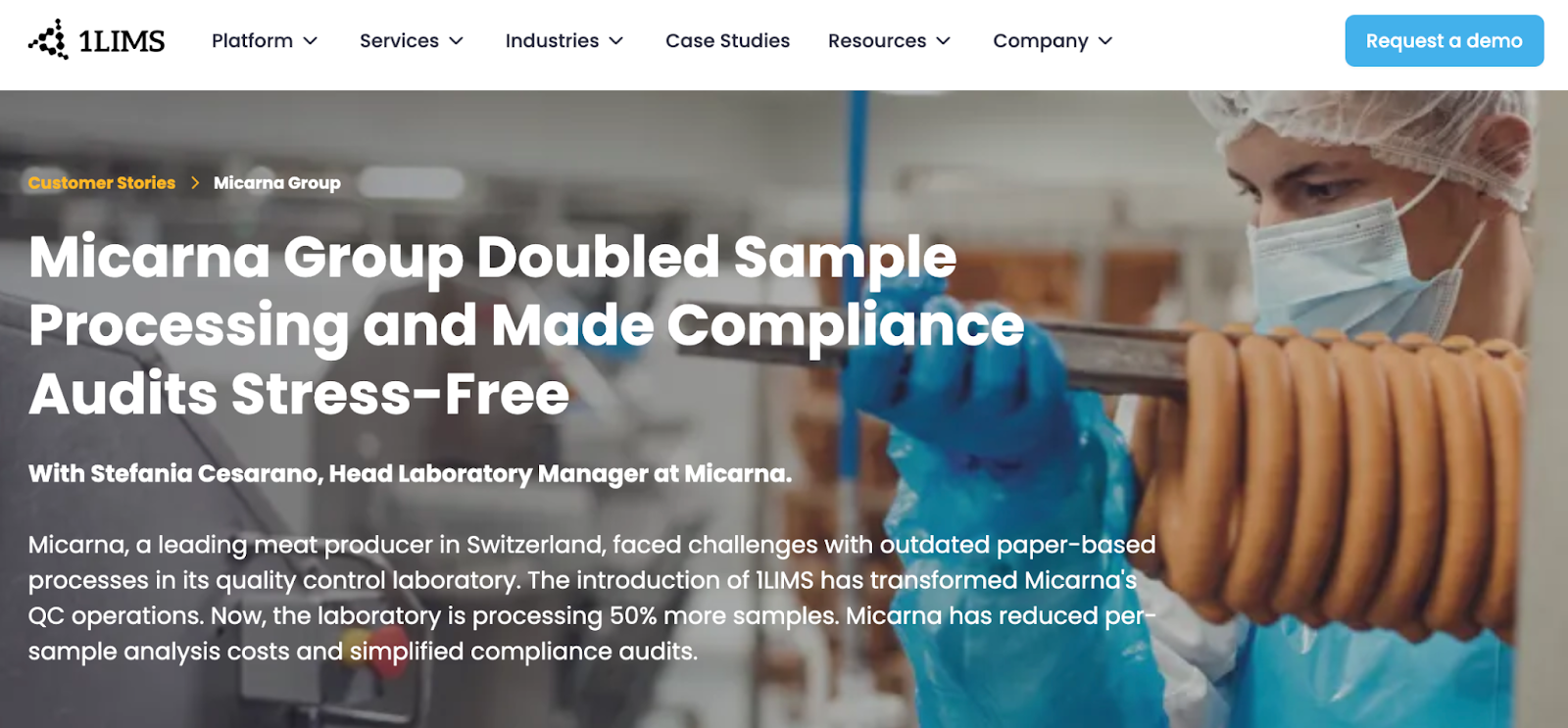
Write case studies to prove your claims, not show you can do stuff.
Once your positioning is clear, the right stories select themselves.
At Zmist & Copy, we help clients clarify their positioning, so the question: “What case studies do we have to prove this claim?” is a natural part of this process.
Here's our process:
1. ICP deep dive → Who's your priority segment?
2. Value proposition → Why should your customers choose you?
3. Differentiation → How are you different from alternatives?
3. Messaging & homepage → What claims are you making?
4. Case study strategy → Which stories prove those claims?
Most companies do this backwards. They write case studies, then try to figure out what they prove.
Okay, now enough with the approach, let's move on to the framework itself.
Your prospects are busy. They're scanning. If they can't find the result in the first 10 seconds, they're gone.
The core idea of our Results-Forward case study framework is lead with what matters most: the outcome.
We once received a case study written by another content agency with this title:
Fast and Cost-Efficient AI Implementation: Mission Possible!
We rewrote it completely. Now it says:
Austrian Media Company Saves $8 Million with Temy’s Generative AI Model
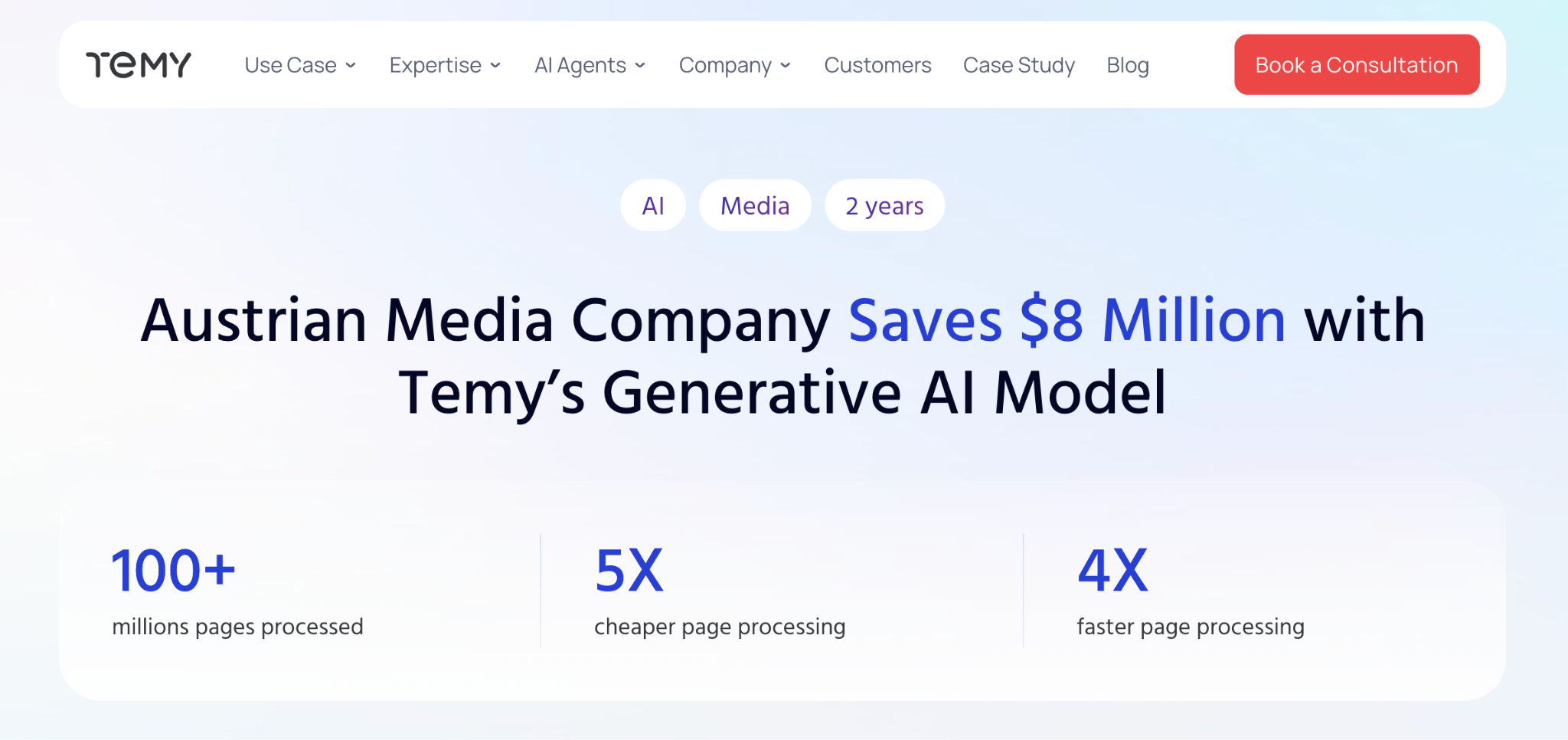
The first title tells you nothing. "Fast" compared to what? "Cost-efficient" by how much? "Mission Possible" sounds like a movie tagline.
The second tells you exactly what happened: a specific company type saved a specific amount using a specific solution.
Instead of making prospects hunt for the outcome, put it right up front.
Start with the number that matters most. Then tell the story of how you got there.
Your case study headline does 80% of the work.
It needs to:
The difference is specificity. Strong headlines tell you exactly what was achieved for whom.
If you claim speed:
If you claim cost efficiency:
If you claim technical excellence:
Your case study becomes a proof document for your positioning claims.
The best case studies aren’t about you. They’re about the future your prospect wants.
Instead of: "We implemented advanced optimization techniques..."
Write: "With our optimization approach, their development team can ship features 2x faster while cutting bugs by 70%."
The first version says, look what we did. The second says, look what our clients achieve.
And the bonus: when you make your client the hero of the story, they look great too. That means they’re more likely to share the case study with their own network, post it on LinkedIn, or even link to it from their site.
After writing case studies for 50+ B2B companies, these are the formats that work:
Best for: Time-sensitive claims
Structure:
Example from our work: "Lake Rebuilds a Vacation Platform in 3 Months, Connecting 40K Properties"
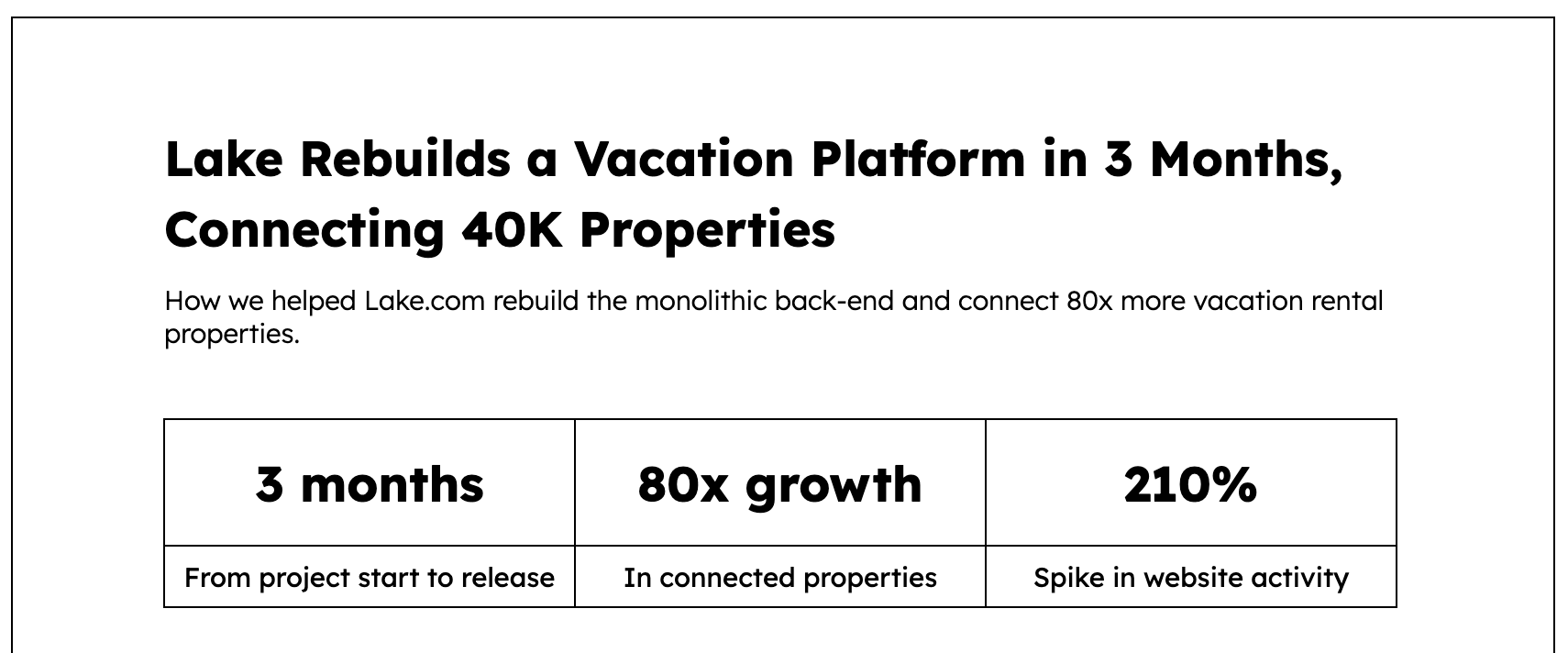
Why this works: Prospects immediately see you can handle tight deadlines while delivering real results.
Best for: Cost/resource optimization claims
Structure:
Example from our work: "Gifted Cuts Engineering Costs by 75% While Scaling to 4,000+ Clients"
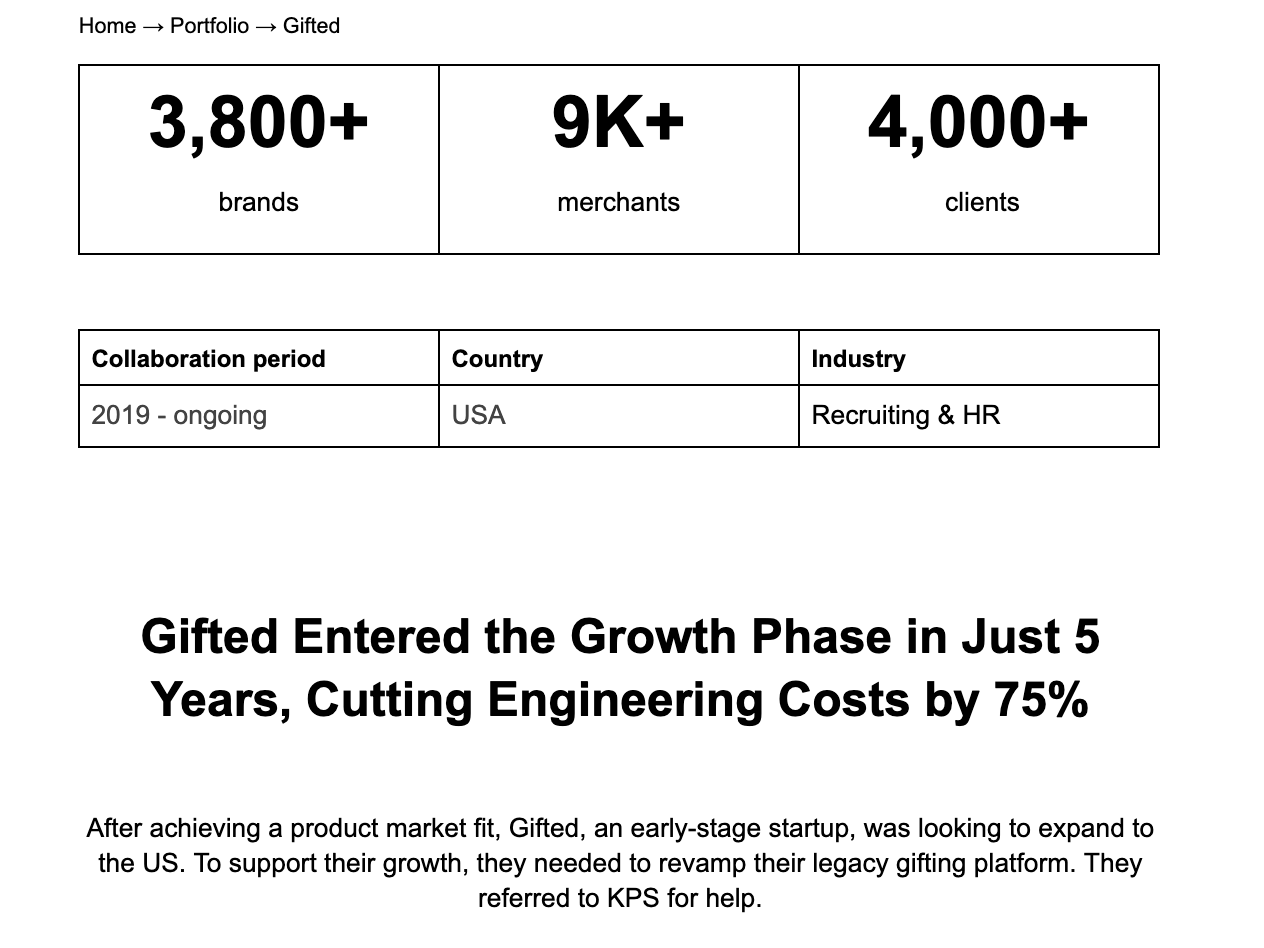
Why this works: Shows you don't just deliver projects. You make operations more efficient.
Best for: Technical excellence claims
Structure:
Example from our work: "Frotcom Ships Mobile Features at Scale: 70% Fewer Bugs, 99.94% Crash-Free Sessions"
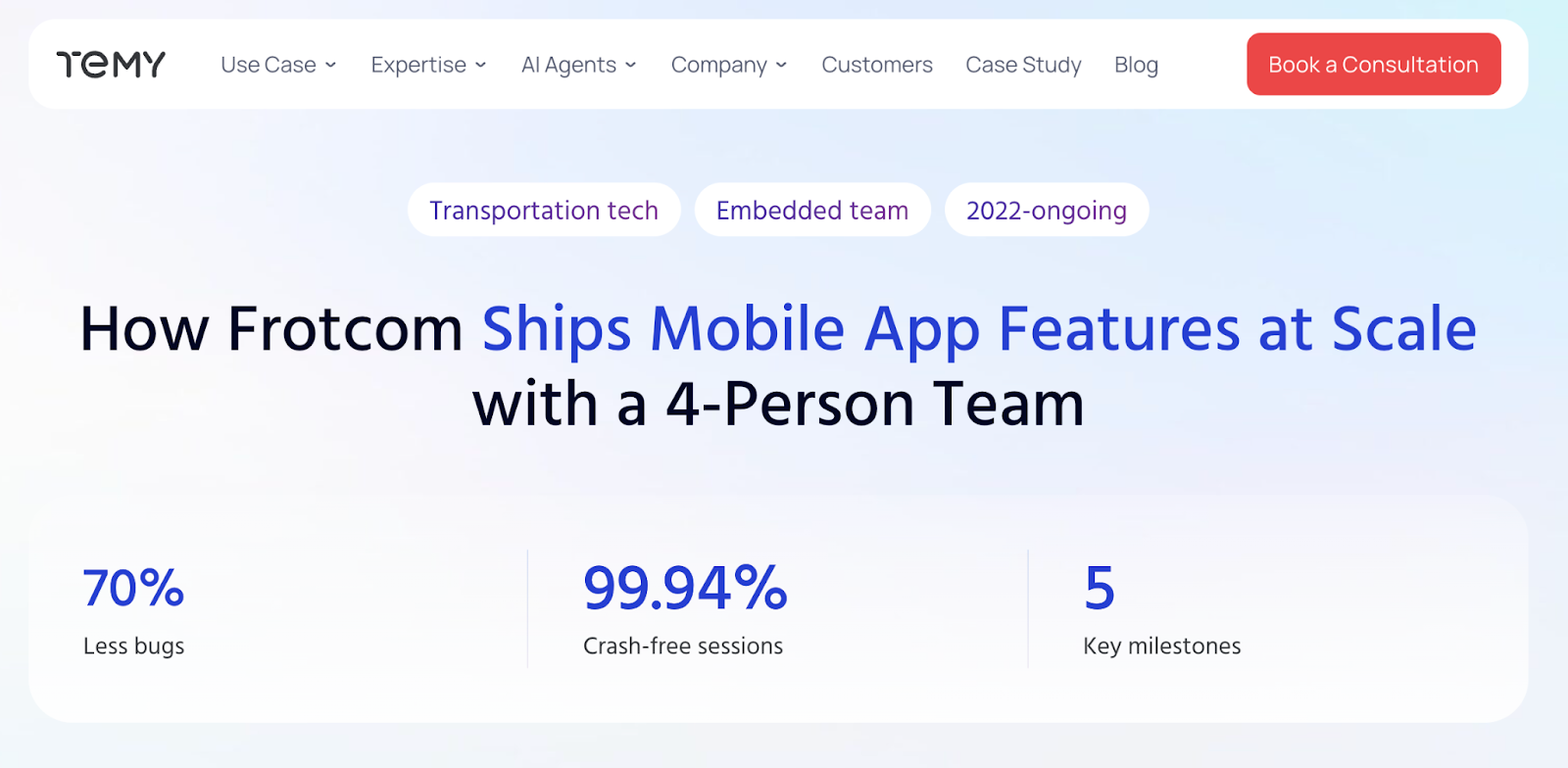
Why this works: Developers want to see both quality and performance improvements.
Best for: Business impact claims
Structure:
Example from our work: "Sera Launches B2C Health App, Gains 5K Leads in Beta Testing Stage"
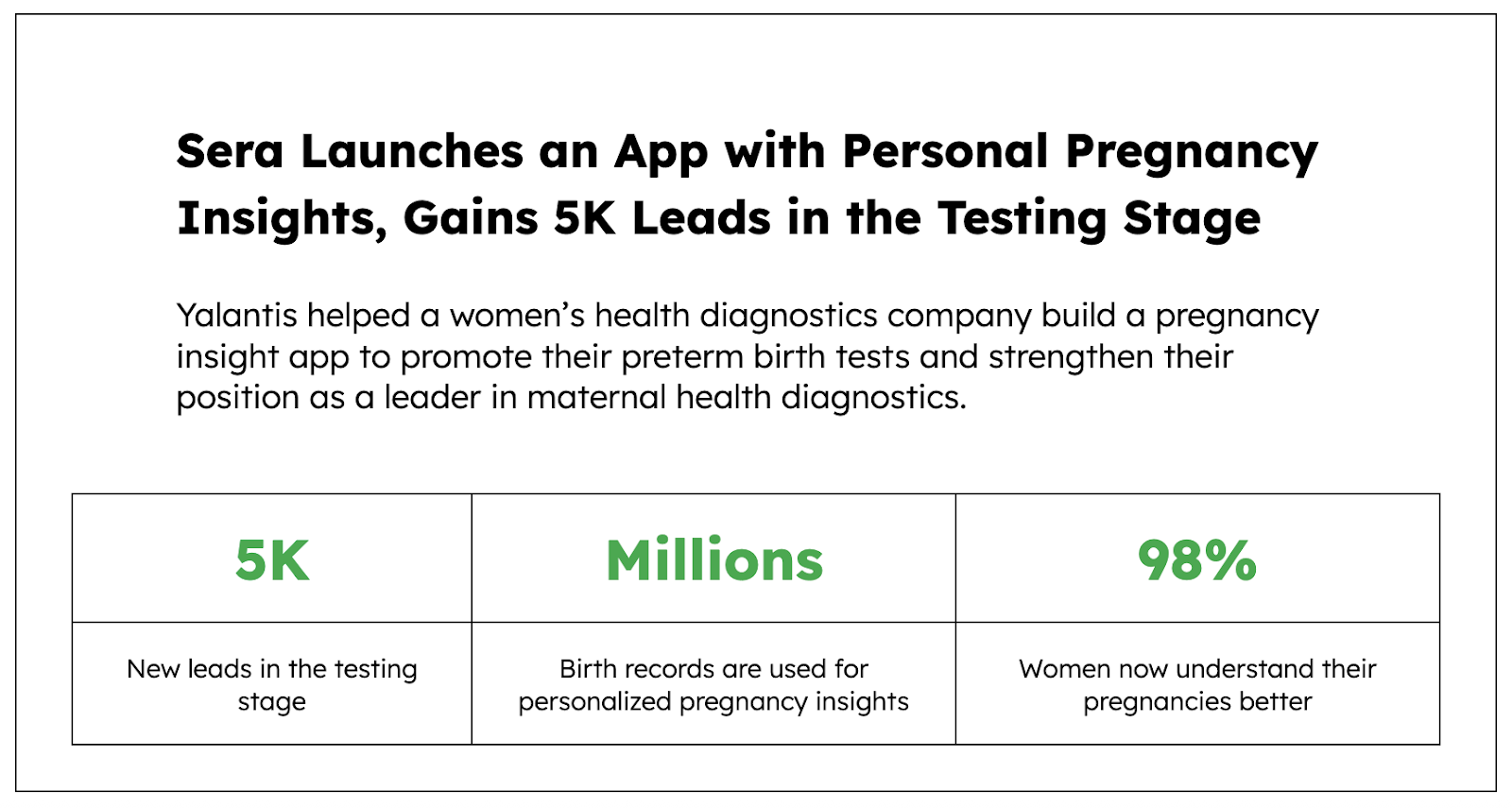
Why this works: Shows you understand business goals, not just technical requirements.
Best for: Complex projects with multiple wins
Structure:
Example from our work: "Five Nights At Freddy's: Pingle and Steel Wool Studios Team Up on 12 Projects to Expand the Legendary Franchise"
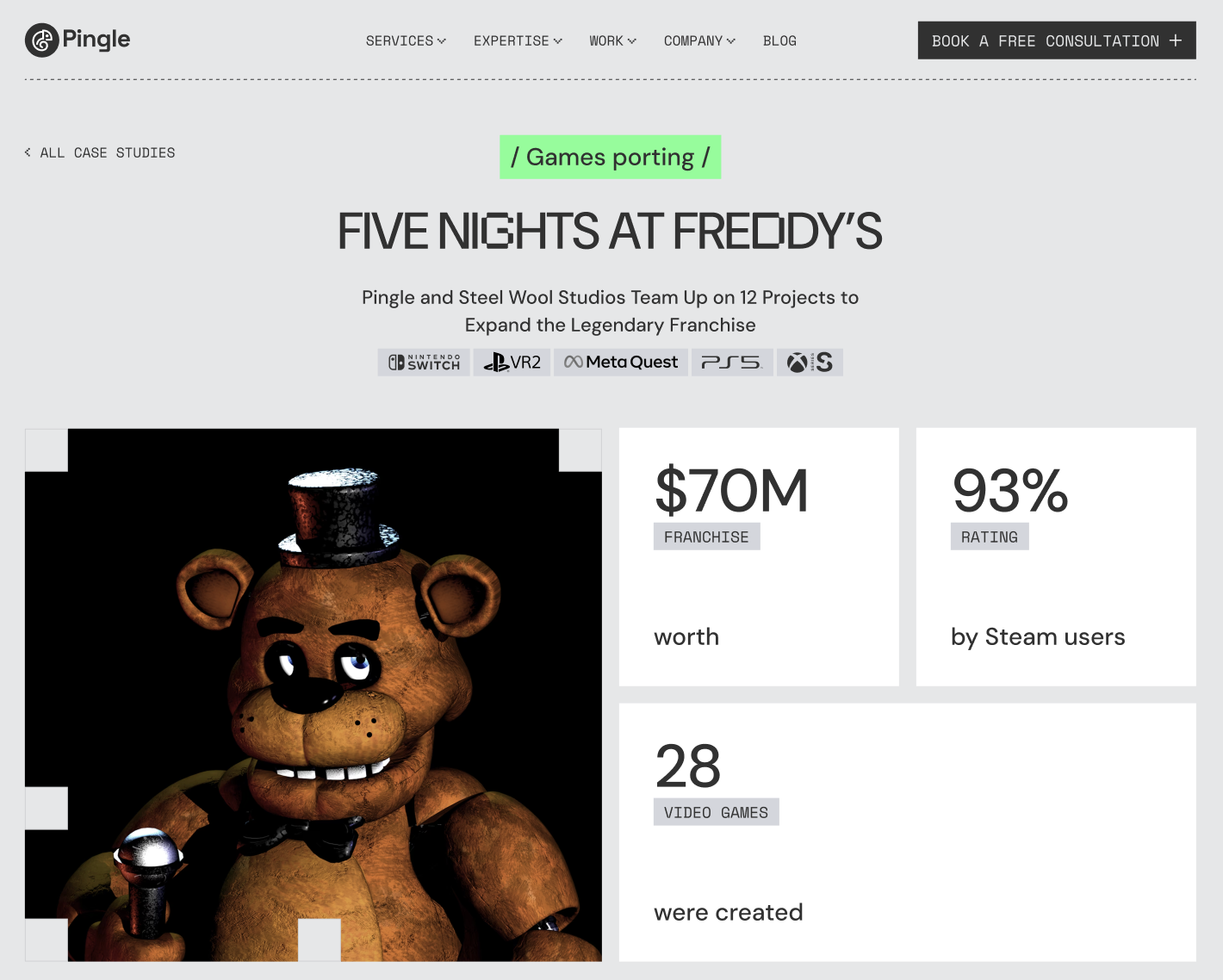
Why this works: Shows you can handle complex, multi-project relationships and deliver consistent results over time. Perfect for prospects looking for a long-term strategic partner, not just a one-off vendor.
AI tools mention case studies when prospects ask questions like:
When your case studies lead with specific results and outcomes, they get picked up by AI tools answering these queries.
Stop treating your case studies as a checklist exercise. Use them as your primary conversion tool.
Audit your case studies and your positioning and identify the claims you need to prove. Then, pick case studies that can prove them.
Let me know how it goes.
Next up: The final piece of The Context Engine framework: How to zmistify your content (your strategy playbook). Don't miss it.
P.S. This is part 4 of my 5-part The Context Engine series, where I explain the three content models we use at Zmist & Copy to help our clients get visibility on search and in AI conversations. If you missed parts 1, 2, and 3, catch up by clicking the links below:
Here's what's coming next:
P.P.S. We use the Results-Forward method for all our clients' case studies at Zmist & Copy. If you want help building a product-led content strategy that actually gets you noticed, get in touch.

Content that earns visibility today doesn’t start with keywords.

Subscribe to From Reads to Leads for real-life stories, marketing wisdom, and career advice delivered to your inbox every Friday.